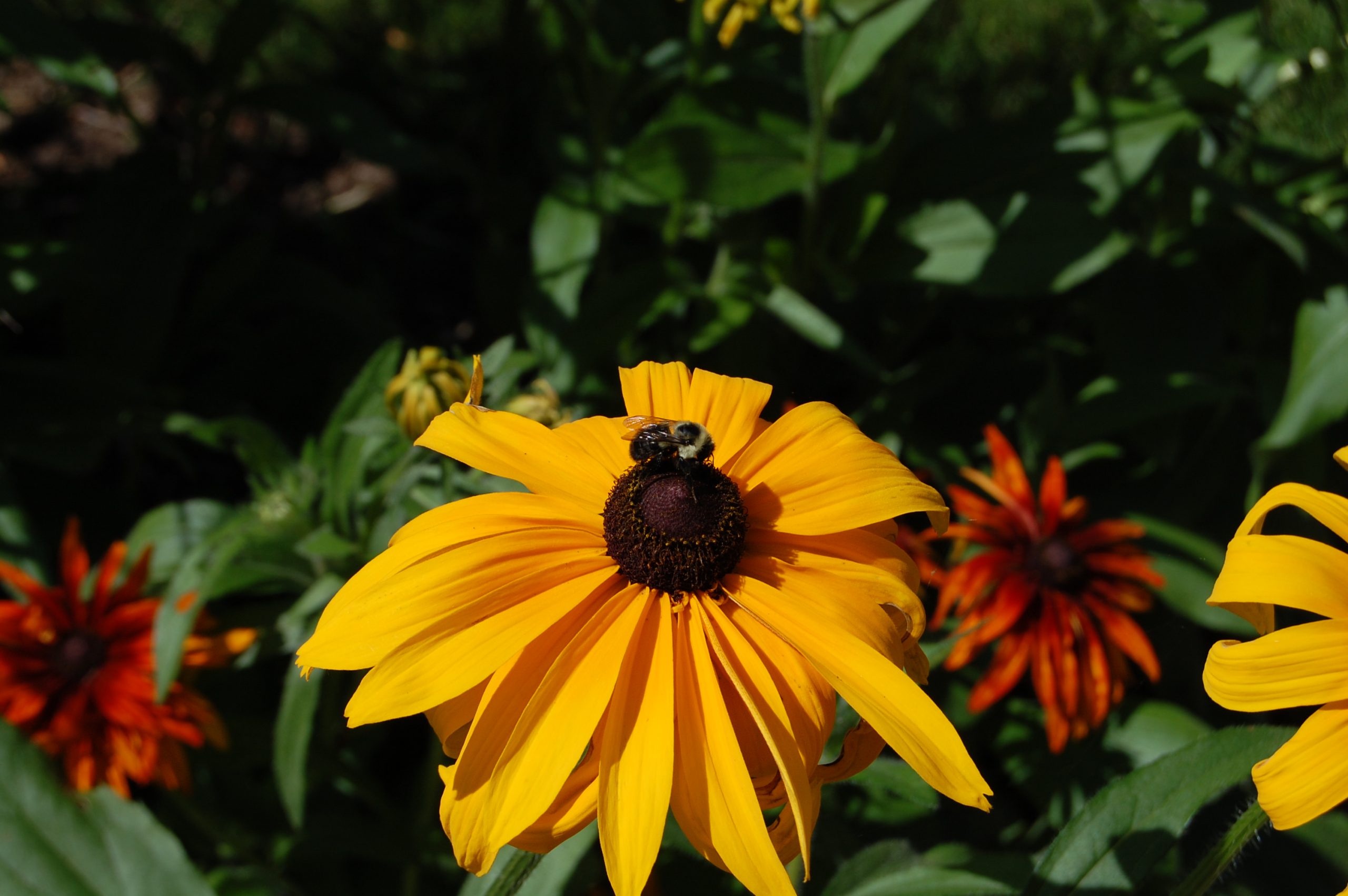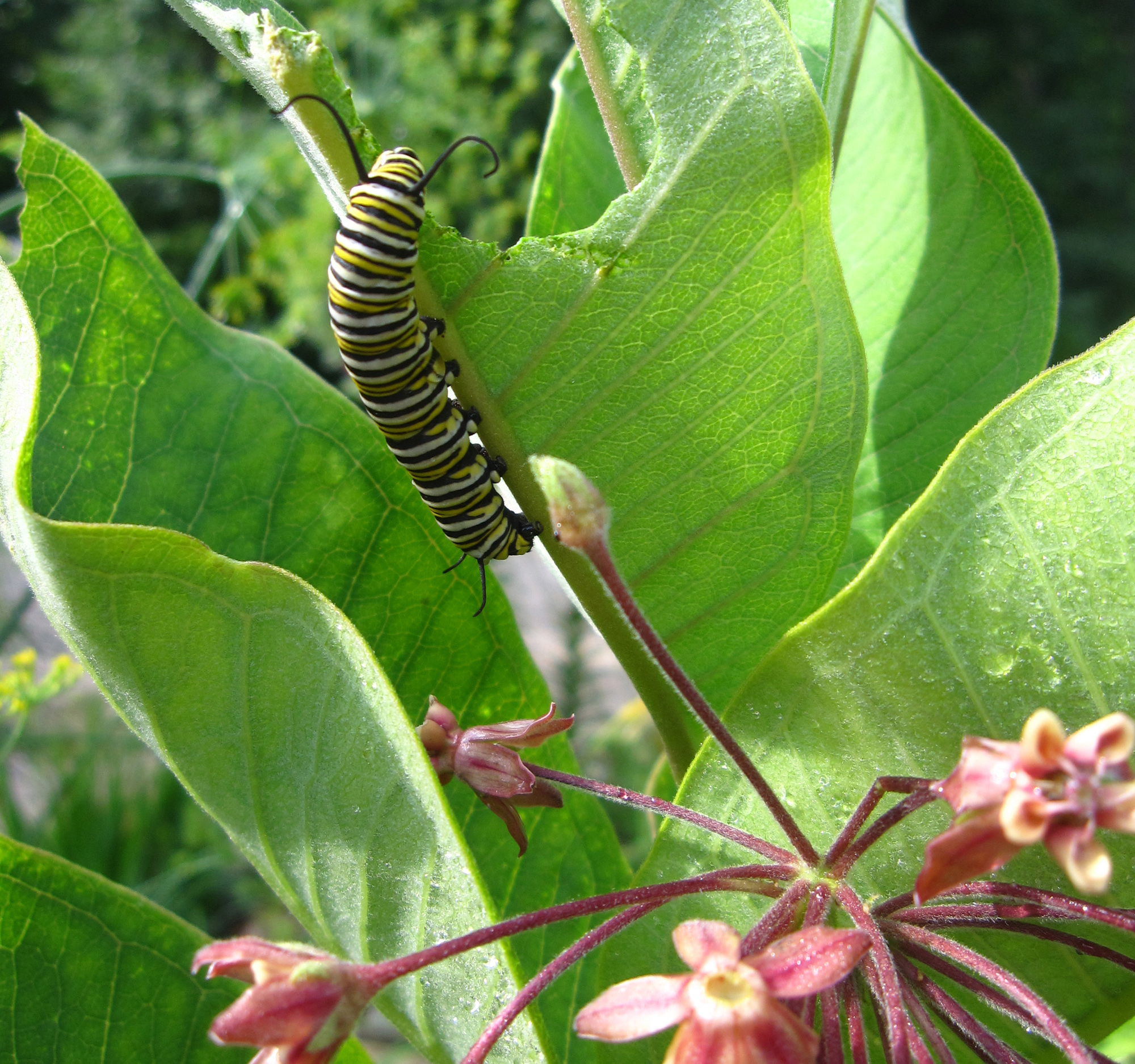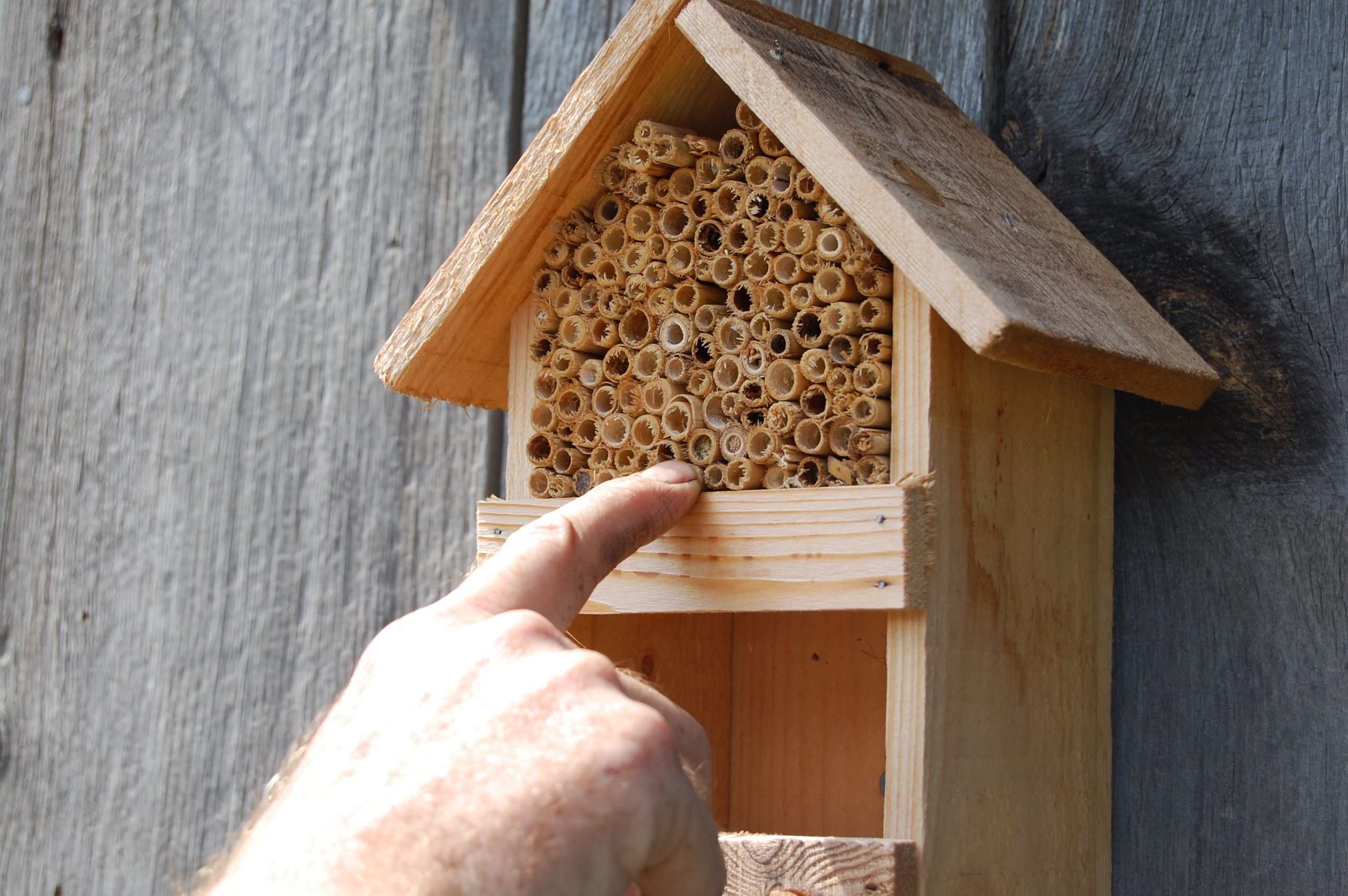Grow Like a Pro: Pollinator Plants
By Mark and Ben Cullen
www.markcullen.com
Happy Earth Day! We thought it would be appropriate to send you a story that encourages pollinators to your garden. They are important for a greener world, to be sure. They help secure the food chain too. There are lots of reasons to love your pollinators, Earth Day and everyday.
You live with a balcony, patio or yard and you are thinking about how you can do something interesting with it. The decline of the honeybee and monarch butterfly population has your attention. “What if I planted something that helped to attract and nurture the beneficial insects in my neighbourhood, provided natural beauty and colour AND was low maintenance?”
Our response: Consider planting native plants in your outdoor space. You will provide a source of nourishment for pollinators while enhancing the local environment in measurable ways and you could have a beautiful, low maintenance garden.
There are some of our ‘tricks’ that you need to keep in mind: so called ‘little things’ that will help you to maximize the positive impact of your efforts. Here are our top 5 tips:
1. Explore your options. And keep in mind that a succession of blooming times will maximize the population of pollinators. If you just plant Purple Cone Flower you will have masses of colour from mid July through late August but little else to show for your efforts over the balance of the season. Mark choreographs his pollinator garden with crocus, daffodils and narcissus (late April through early May), Lungwort (pulmonaria), Foamflower, cilantro, oregano, Columbine and sweet woodruff takes over mid May through early June. Come early summer, he features cardinal flower (a hummingbird magnet!), catmint, coral bells and many hosta varieties in his garden.

As the season progresses, there are many plants that provide opportunities for foraging butterflies and feeding hummingbirds including Echinacea, rudbeckia, late flowering hostas and one of our favourites is borage. Come September and October, butterflies and bees love sedum spectabile, asters and monarda (bee balm).
Annual flowers that are pollinator magnets right into the fall months include sunflowers, zinnias, sweet alyssum and cosmos (one of our favourite ‘cutting’ flowers).
This is not an exhaustive list, but a starter to help get you thinking in the right direction.
Note that not all our suggestions are native plants. In our opinion, if a plant is rich in nectar and/or pollen and therefore attracts pollinators it should be considered.
2. Plant host plants. Monarch butterflies lay eggs exclusively on native milkweed. Once monarch larvae have hatched and fed on the milkweed, they move on to other food sources in your garden. Milkweed seeds are available on many seed racks at your local garden retailer.

3. Place habitat. Garden retailers now offer a wide selection of habitat for many beneficial insects (fingers crossed that retail garden centres will soon be open in Ontario, as they are in much of the country). Mason bee houses are available in a variety of models including a British import that features paper straws in a 10 cm round nesting ‘box’ that you hang on an east or south facing wall. Mason bees lay their eggs in the straws and you encourage an increase in effective pollinators to your neighbourhood. Look for ‘insect hotels’ and of course nesting boxes for birds, like the tree swallow.
By the way, we predict that insect hotels and bee habitat will be as common in Canadian gardens 20 years from now as bird feeders are now.

4. Water. This is the single most impactful feature that you can add to your garden if you are interested in attracting pollinators and beneficial wildlife. Your yard can become the watering hole for a host of butterflies, native bees (there are over 300 varieties in Ontario), dragon flies (yes, they are beneficial), frogs, toads and you name it. All you must do is make sure that the water is fresh and available to all who pass by. And when they do, watch out because babies will result and that means more ‘beneficials’!
 Many insects will bathe and drink where shallow water occurs. Filling a container with water and lining it with marbles, with water just below the top of the marbles, will help provide access to the water, without the risk of drowning (especially effective for butterflies).
Many insects will bathe and drink where shallow water occurs. Filling a container with water and lining it with marbles, with water just below the top of the marbles, will help provide access to the water, without the risk of drowning (especially effective for butterflies).
5. Relax. We attempt, in so many ways, to create a sanitized world for ourselves. We are not against cleanliness, but where pollinators are concerned a little bit messy is a good thing. Bees love dandelions.
 Fallen trees can provide crucial habitat for many species of cavity nesting bees and other insects. A stack of firewood in a state of decay can be very beneficial for many insect species and the toad population grows where they have shelter from the heat of day and a nearby source of water.
Fallen trees can provide crucial habitat for many species of cavity nesting bees and other insects. A stack of firewood in a state of decay can be very beneficial for many insect species and the toad population grows where they have shelter from the heat of day and a nearby source of water.
Attracting pollinators to your yard or balcony provides benefits to your entire community: 30% of the food that we eat is pollinated by insects and hummingbirds.
Keep in mind that bees are attracted to white, yellow, blue and purple flowers more so than other colours.
Enjoy Earth Week!



